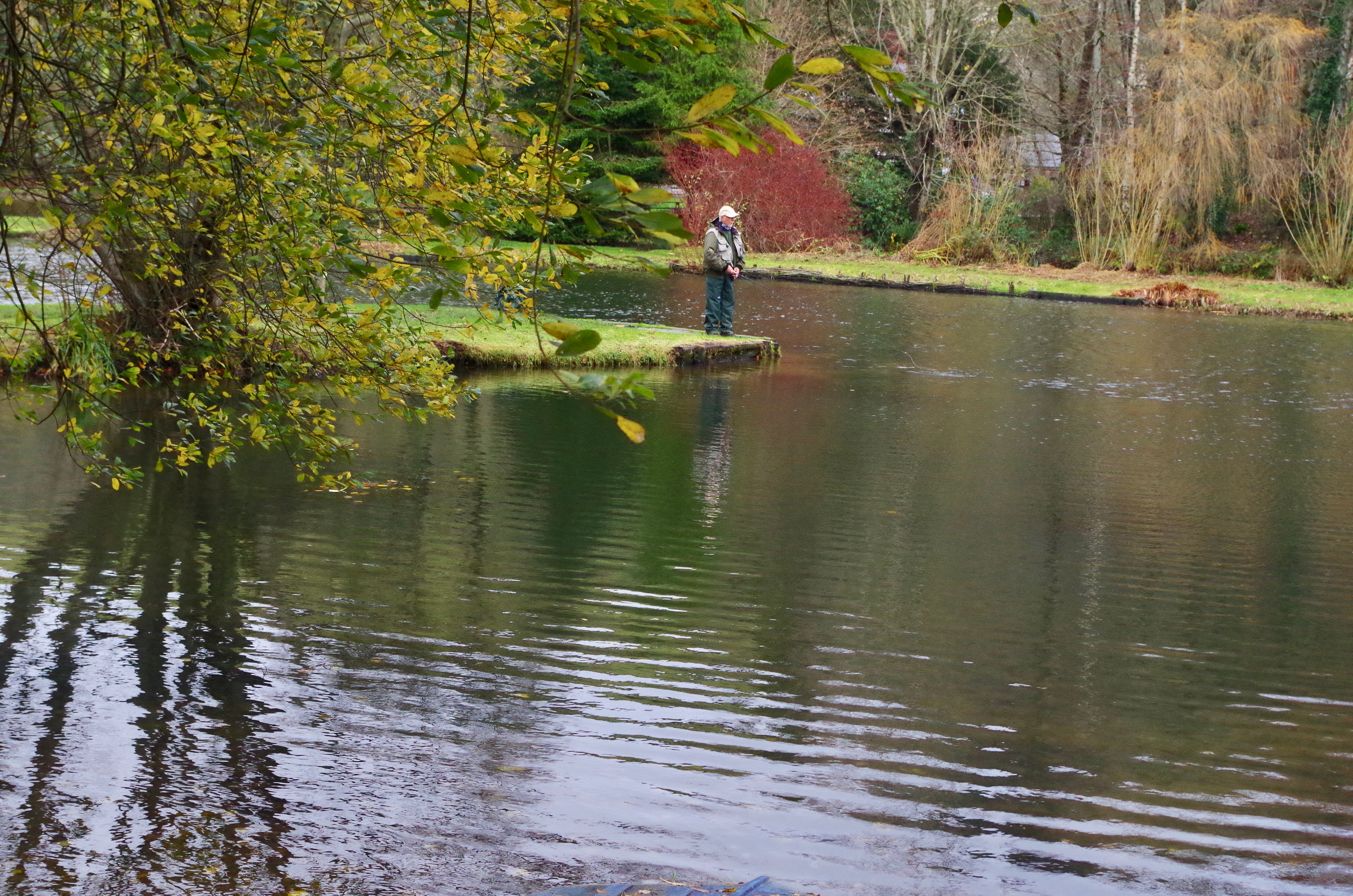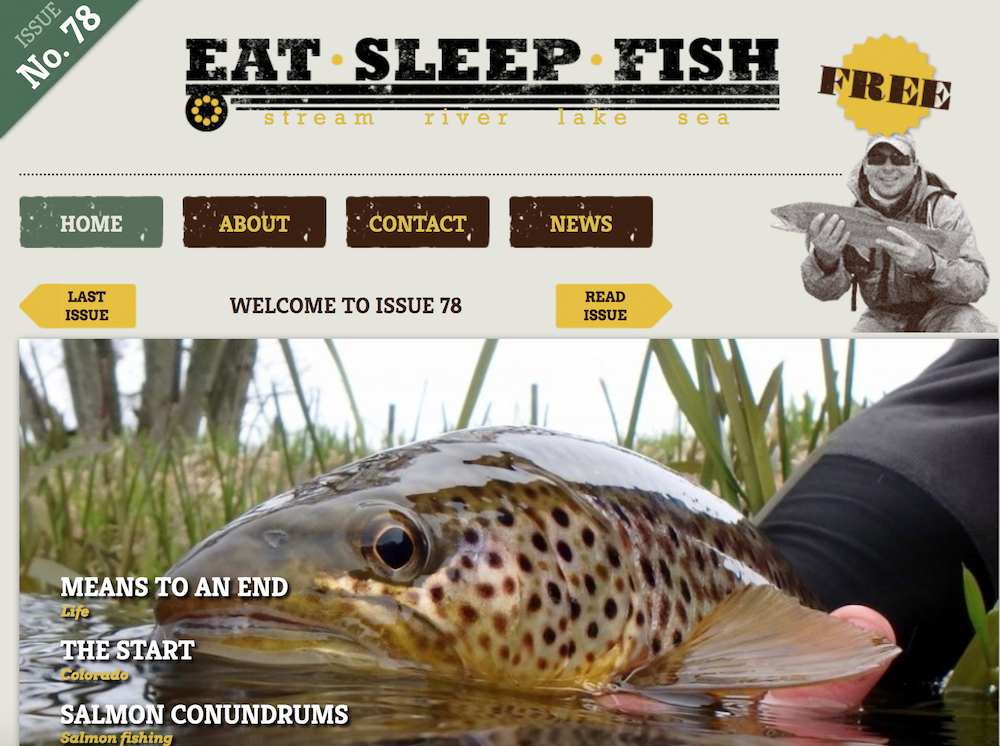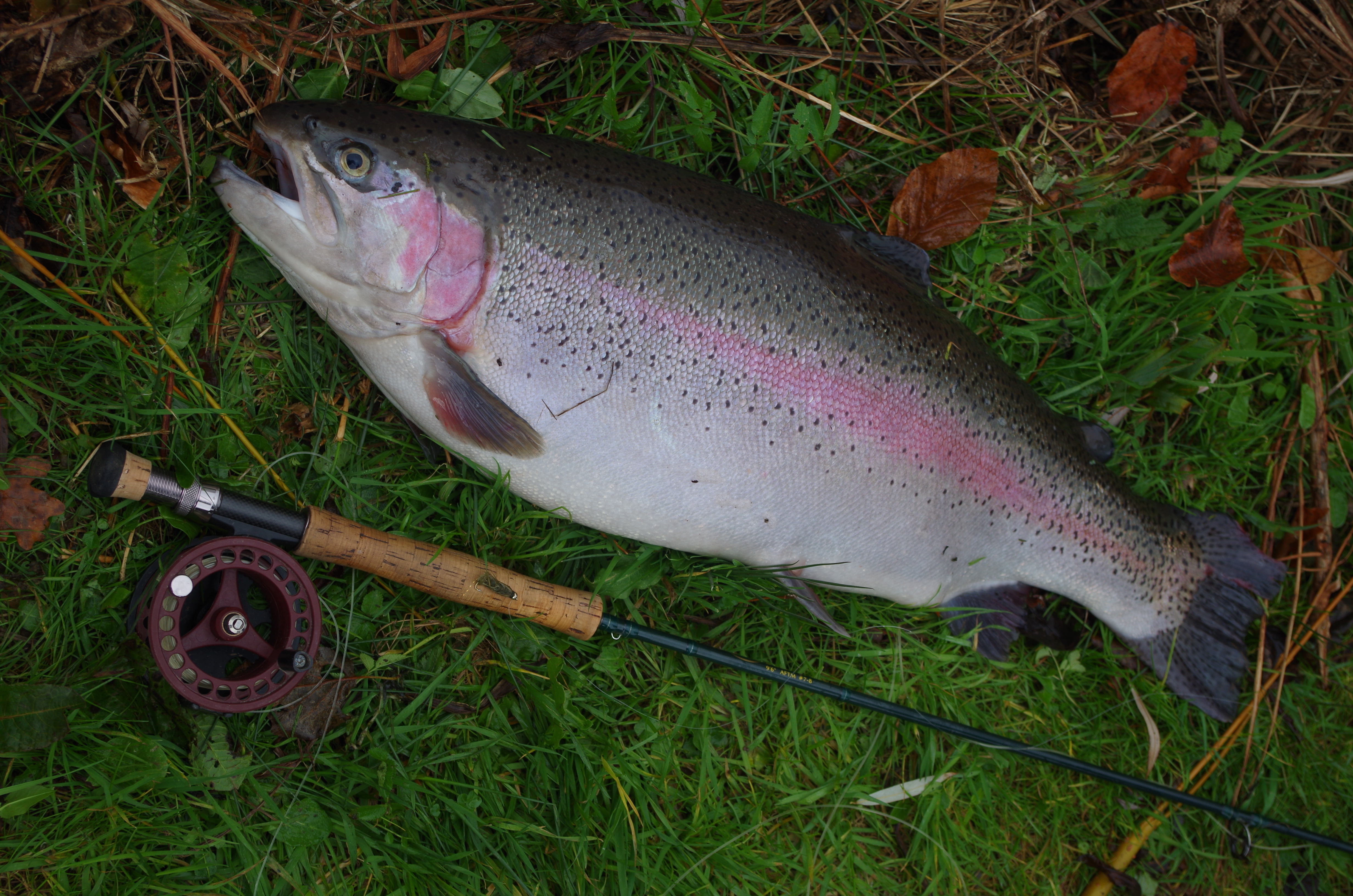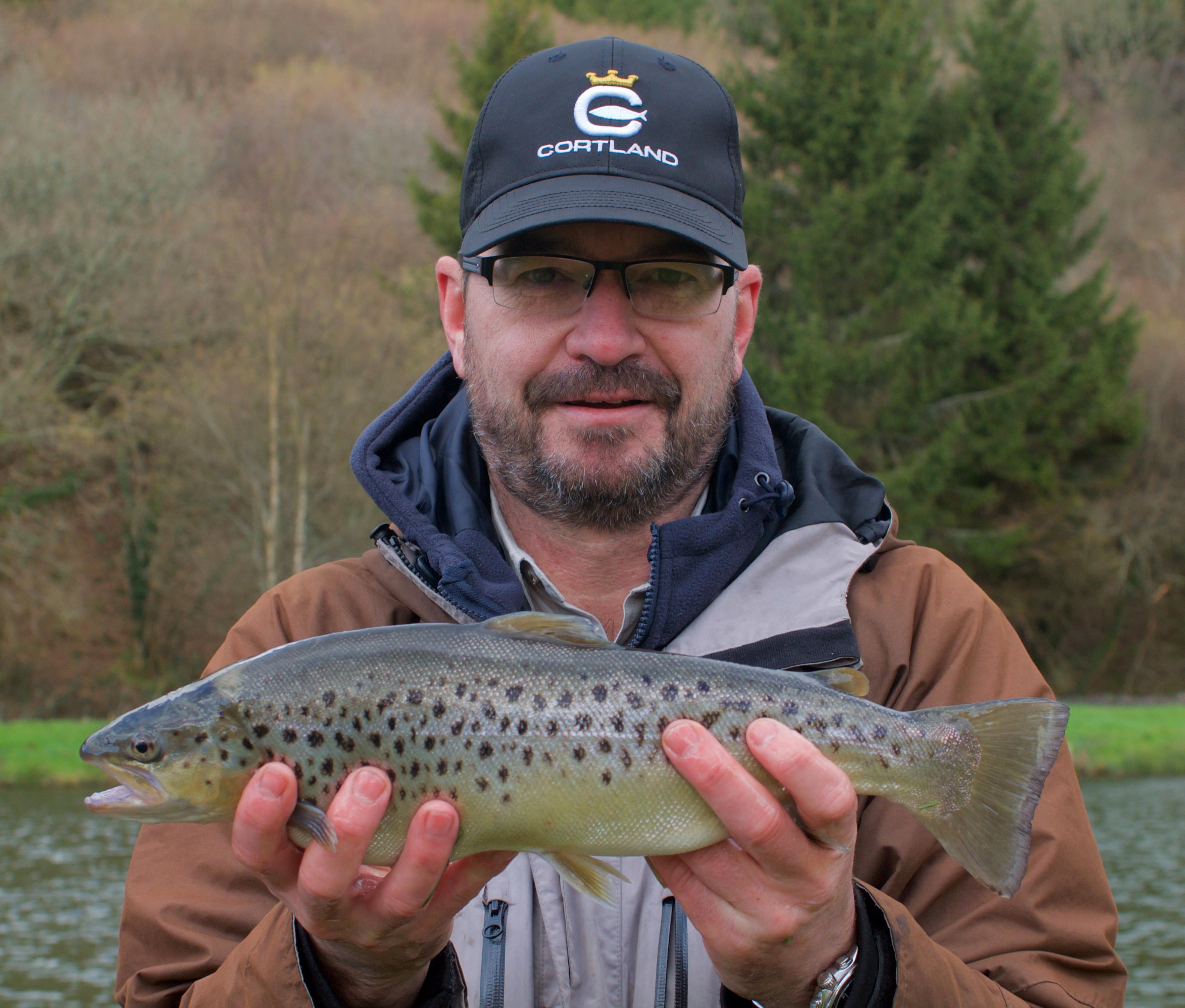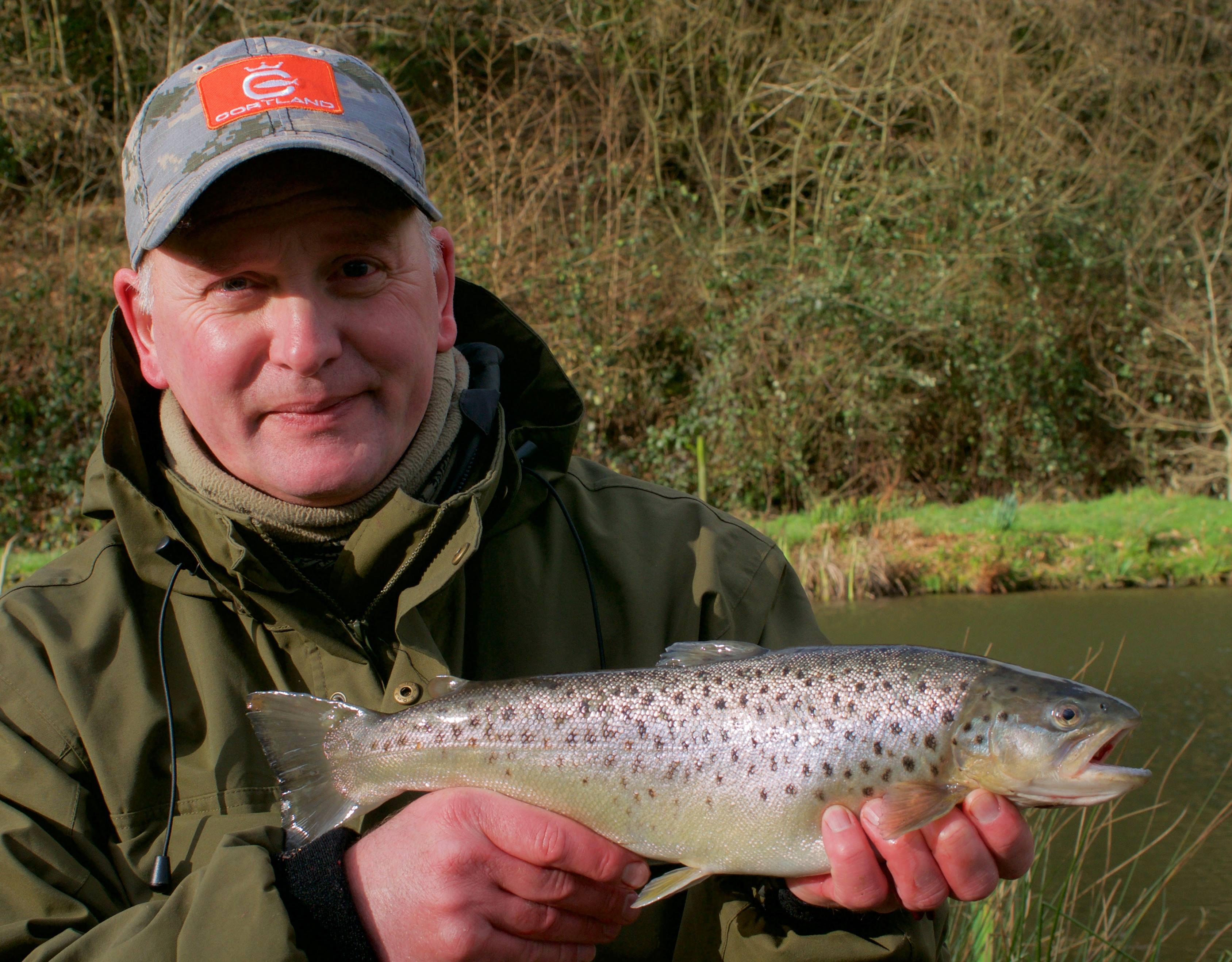 Twenty Five of Blakewell Fisheries regular anglers attended the fisheries popular Christmas Competition where they enjoyed an unseasonably mild winters day with cloudy Skies that should have been ideal for trout fishing. Those anglers prepared to persevere and try different flies enjoyed a successful days fishing with six anglers taking their six fish limits. Small dark flies proved to be most effective with black and green combinations proving most productive.
Twenty Five of Blakewell Fisheries regular anglers attended the fisheries popular Christmas Competition where they enjoyed an unseasonably mild winters day with cloudy Skies that should have been ideal for trout fishing. Those anglers prepared to persevere and try different flies enjoyed a successful days fishing with six anglers taking their six fish limits. Small dark flies proved to be most effective with black and green combinations proving most productive.

The winner of the competition was Paul Grisley who banked six trout for 15lb 8oz. In runner up spot was Graham Turner with six for 13lb 10oz and in third Andy Facey with six for 13lb 5oz. In forth place was John Buxton with six for 12lb 7oz.
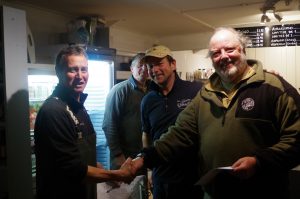
The competition was punctuated by a delicious chilli con carne meal followed by mulled wine and mince pies. John and Richard Nickel thanked all competitors for their valuable support following a difficult summer season when many thousands of pounds worth of prime quality stock fish were lost as a result of exceptionally high temperatures. They talked of ambitious plans for the coming season with bank side improvements, weed cutting and of course every endeavour to ensure the fisheries stock fish are of the highest quality as the season progresses.
 (Below) Small dark flies like this Black and peacock variant proved successful.
(Below) Small dark flies like this Black and peacock variant proved successful.

(Below)
The coming weeks should see some excellent fishing with several stunning big brown trout stocked.

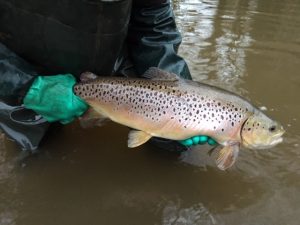

(Below) Winter Trout Fishing at Blakewell
